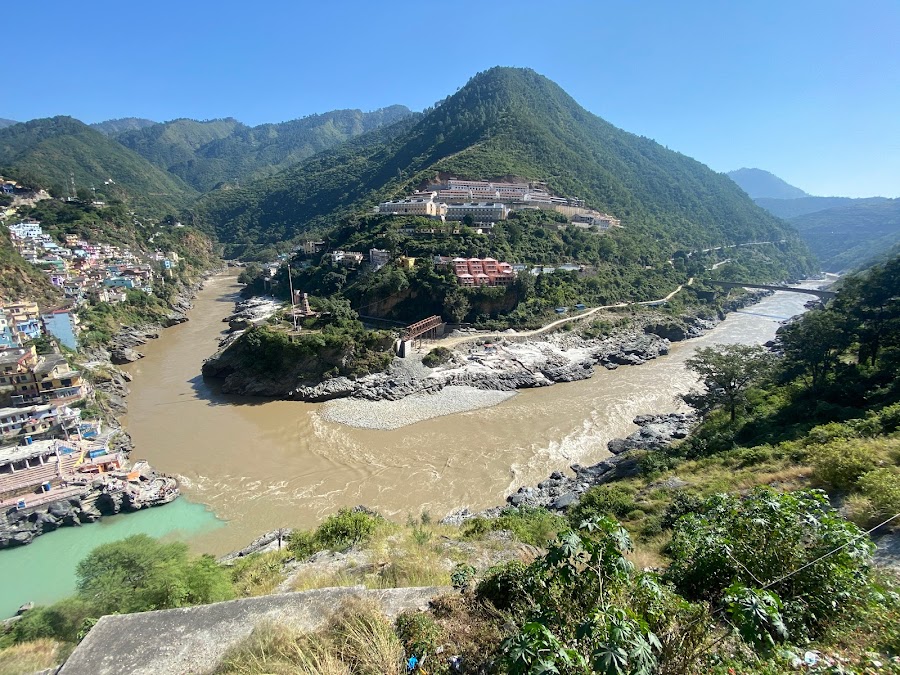
Alaknanda River
Tehri Garhwal, India
- Capture memorable photos of the turquoise waters
- Enjoy scenic views of the Himalayan landscape
- Experience the thrill of river rafting
- Explore temples along the river banks
- Trek to nearby villages and viewpoints
- Visit confluence of Alaknanda and Bhagirathi at Devprayag
Known for:
Description:
The Alaknanda River, a major Himalayan river in Uttarakhand, India, is a vital source of the Ganges. Originating from the confluence of the Satopanth Glacier and Bhagirath Kharak Glacier near Chaukhamba peak, it flows through picturesque valleys and mountainous terrain. Known for its turquoise waters and strong currents, the Alaknanda offers breathtaking views and thrilling adventure opportunities. Pilgrims consider it sacred, as it merges with the Bhagirathi River at Devprayag to form the holy Ganges. The river's course is dotted with significant religious sites, attracting devotees and tourists alike. Its surrounding landscapes are rich in flora and fauna, making it a haven for nature lovers.
History:
The Alaknanda River holds immense significance in Hindu mythology and ancient scriptures. It is believed to be the abode of gods and goddesses, with several temples situated along its banks, each narrating tales of divine encounters. The river's history is intertwined with the establishment of pilgrimage routes, notably the Char Dham Yatra, which includes Badrinath, located along the Alaknanda. Historically, the river has played a crucial role in shaping the cultural and religious landscape of the region. The river has also been a witness to various historical events and has been a lifeline for the communities residing along its banks, providing water for agriculture and sustenance. It is revered as a life-giving force, symbolizing purity and spirituality.